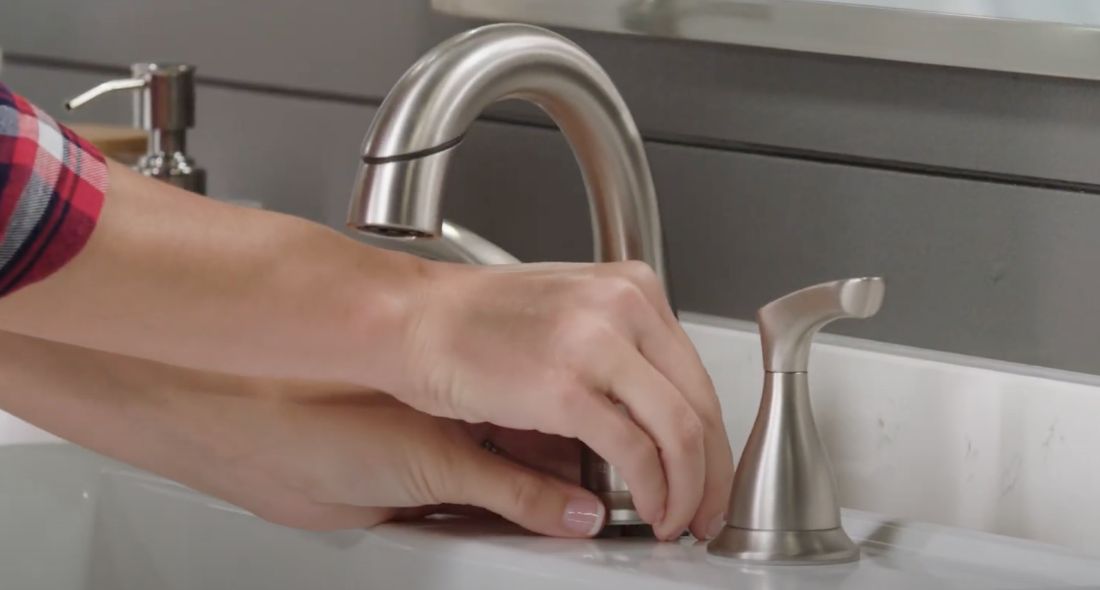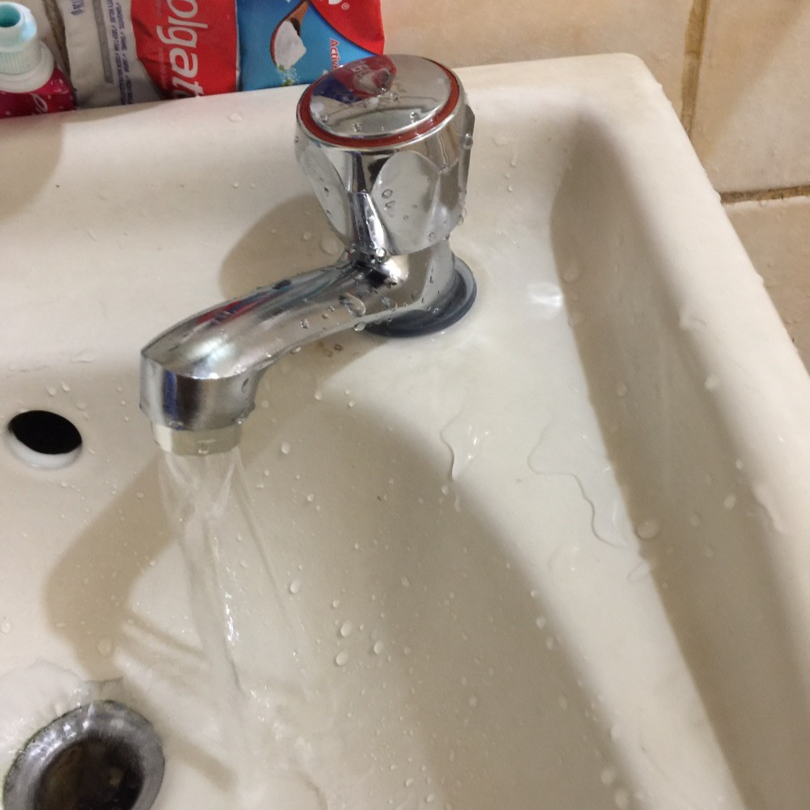Uncovering the Importance of Fixing a Leaking Faucet
Uncovering the Importance of Fixing a Leaking Faucet
Blog Article
How do you really feel with regards to Leaky Faucets: Why They Happen & What to Do About Them?

Dripping taps might feel like a minor aggravation, but their effect surpasses just the inconvenience of the audio. From wasting water to incurring unnecessary financial costs and health and wellness dangers, disregarding a leaking tap can bring about numerous effects. In this write-up, we'll look into why it's vital to resolve this typical home issue without delay and properly.
Waste of Water
Environmental Impact
Trickling faucets contribute significantly to water wastage. According to the Epa (EPA), a single tap leaking at one drip per second can lose more than 3,000 gallons of water each year. This not only pressures water resources yet likewise influences environments and wildlife based on them.
Step-by-Step Overview to Repairing a Dripping Faucet
Tools Called for
Before attempting to deal with a dripping faucet, collect the necessary tools, consisting of a flexible wrench, screwdrivers, substitute parts (such as washing machines or cartridges), and plumber's tape.
Usual Tap Issues and Their Solutions
Determine the kind of tap and the certain concern creating the drip. Usual problems consist of damaged washing machines, corroded valve seats, or malfunctioning O-rings. Describe manufacturer guidelines or on the internet tutorials for step-by-step assistance on fixings.
Financial Prices
Raised Water Expenses
Beyond the ecological impact, leaking taps can pump up water bills substantially. The collected waste in time translates into higher utility expenses, which might have been prevented with prompt repair work.
Potential Building Damage
Moreover, long term trickling can bring about harm to components and surfaces surrounding the faucet. Water accumulation can cause discoloration, deterioration, and even structural concerns if left neglected, causing additional repair work costs.
Wellness Worries
Mold and Mold Development
The continuous presence of wetness from a trickling faucet produces an excellent environment for mold and mildew development. These fungis not just jeopardize indoor air quality yet likewise position health dangers, especially for individuals with respiratory system problems or allergies.
Waterborne Conditions
Stagnant water in leaking faucets can end up being a breeding ground for germs and various other microorganisms, enhancing the risk of waterborne illness. Impurities such as Legionella bacteria thrive in stagnant water, possibly resulting in severe illnesses when ingested or inhaled.
Do it yourself vs. Specialist Repair work
Benefits and drawbacks of DIY Repair Work
While some may try to fix a leaking faucet themselves, do it yourself repair services feature their very own set of challenges. Without proper knowledge and devices, do it yourself efforts can worsen the concern or cause insufficient fixings, extending the issue.
Benefits of Employing an Expert Plumber
Hiring an expert plumber makes sure that the underlying root cause of the trickling tap is resolved properly. Plumbings possess the know-how and equipment to detect and repair faucet concerns successfully, conserving time and lessening the threat of more damages.
Ecological Obligation
Individual Contribution to Preservation
Taking duty for fixing trickling faucets straightens with wider efforts toward water preservation and environmental sustainability. Every individual's activities jointly make a substantial impact on preserving precious resources.
Lasting Living Practices
By focusing on punctual repair services and adopting water-saving behaviors, people add to lasting living practices that benefit both present and future generations.
Safety nets
Normal Upkeep Tips
To stop trickling faucets, carry out regular upkeep such as cleaning aerators, examining for leaks, and replacing worn-out parts promptly. In addition, think about setting up water-saving devices or updating to a lot more efficient components.
Significance of Prompt Services
Dealing with dripping faucets as quickly as they're seen stops additional water waste and potential damage, ultimately saving both water and money in the future.
Influence On Building Value
Understanding of Well-Maintained Building
Preserving a property in good condition, including dealing with maintenance problems like leaking faucets, enhances its perceived worth and desirability amongst potential buyers or lessees.
Impact on Resale Worth
Qualities with properly maintained plumbing components, consisting of faucets, command greater resale values in the property market. Dealing with trickling faucets can add to a positive perception during building evaluations and arrangements.
Conclusion
Dealing with a leaking faucet exceeds mere ease; it's a necessary action toward preserving water, minimizing monetary prices, and safeguarding health and wellness and building. Whether with do it yourself repair work or specialist support, taking action to deal with dripping faucets is a tiny yet impactful means to promote responsible stewardship of resources and add to a healthier, more sustainable future.
Why Are My Faucets Dripping (And Can I Fix it Myself)?
Causes of a Dripping or Leaking Faucet
Whether you’re hearing drops of water falling and hitting a sink, or noticing water ooze out from the base of the spout, you shouldn’t ignore a dripping or leaking faucet. And, the good news is, sometimes you can fix the problem yourself.
In this article, we’ll review a few common causes of dripping and leaky. We’ll also walk you through some basic ways to find the problem and handle it without calling anyone — and let you know when to call in a pro.
But, no matter what the cause, or whether you can handle it on your own, the sooner you address it, the better.
Each drip may be a tiny amount of water. But, they all add up quickly. According to the U.S. Geological Survey, one faucet losing one drop every 20 seconds — five a minute — wastes around a liter of water every day, and 173 gallons a year.
Add in more than one in your house, and it’s a lot of water to waste. So, we’ll help you get to the bottom of things quickly.
Four Reasons Your Faucet May Be Dripping
Aerator is Damaged or Unseated Valve Seat is Corroded O Ring is Loose or Worn Out Part of the Assembly is Loose Aerator is Damaged or Unseated
If you unscrew the end of your faucet, you’ll find the aerator. It’s the little stem piece with a screen on it that shuts off the water circulation.
If it’s damaged, or if it’s not sitting right, it will allow water to pass through.
Valve Seat is Corroded
Next is the valve seat, which is connected to the washer. If the washer wasn’t in place correctly, then it could have ground against the seat. Over time, this damages the valve seat.
The problem could also be corrosion: Over time, the part has worn out, and it’s now allowing water to pass through.
O Ring is Loose or Worn Out
Since the o ring is only a small rubber gasket, it’s a common reason why the faucet is dripping. You’ll find it at the base of the faucet, and it’s there to keep water from coming out where it’s not supposed to.
However, it’s common for the o ring to wear out over time. When it does, you’ll notice a drip.
Part of the Assembly is Loose
So far, we’ve looked at a few small, specific parts. But, the problem could be anywhere in the assembly if something’s out of place.
Even if a part isn’t damaged, over time, it may have become loose or dislodged. It could be the parts we mentioned, or the aerator at the tip of the faucet, the stem itself,
Can I Fix a Leaky Faucet Myself?
Depending on the problem, and how handy you are, there’s a chance you can fix a leaky faucet without calling a professional. But, you do run the risk of making the problem worse.
If it’s a small drip, you can certainly try a few troubleshooting tactics. We’ll walk you through them in a moment.
But, no matter what, your first step should be shutting off the water coming into the faucet. You should find a shutoff valve under the sink on the pipes leading to it. Turn each one clockwise until they close tightly.
Next, make sure you have the right tools for whatever you’re attempting. It’s tempting to make do with what you have. But, you need the right ones for a reason: You’re often dealing with small parts that can break if you handle them carelessly.
If you’re feeling confident, here are some places to start.
Items Near the Tip of the Faucet
A few of the parts we mentioned — particularly the valve seat and washer — are located at the tip of the faucet where the water comes out. They’re easy to access, making it a good place to start.
Check the O Ring
To check the o ring, you’ll need to take off the spout at the base. It’s easiest on kitchen sinks with long spouts, versus the smaller, bulkier base on most bathroom sinks.
Either way, this can be tricky, so do it carefully and don’t force anything. If it’s not coming right off, you’re much better off calling in a pro than possibly breaking something.
For a kitchen sink, there’s usually a nut or coupling assembly at the base of the spout. These often slide off easily without using any tools.
Once you’ve disassembled those parts, gently but forcefully twist off the spout.
Then, you can see the o rings. There should be two of the rubber gaskets on the base. If they look worn or damaged, replace them, and see if that solves the problem.

As an enthusiastic person who reads about What Causes Leaky Faucets & How To Fix Them, I think sharing that piece of content was essential. Please take the time to distribute this page if you enjoyed reading it. Thanks for going through it.
Report this page